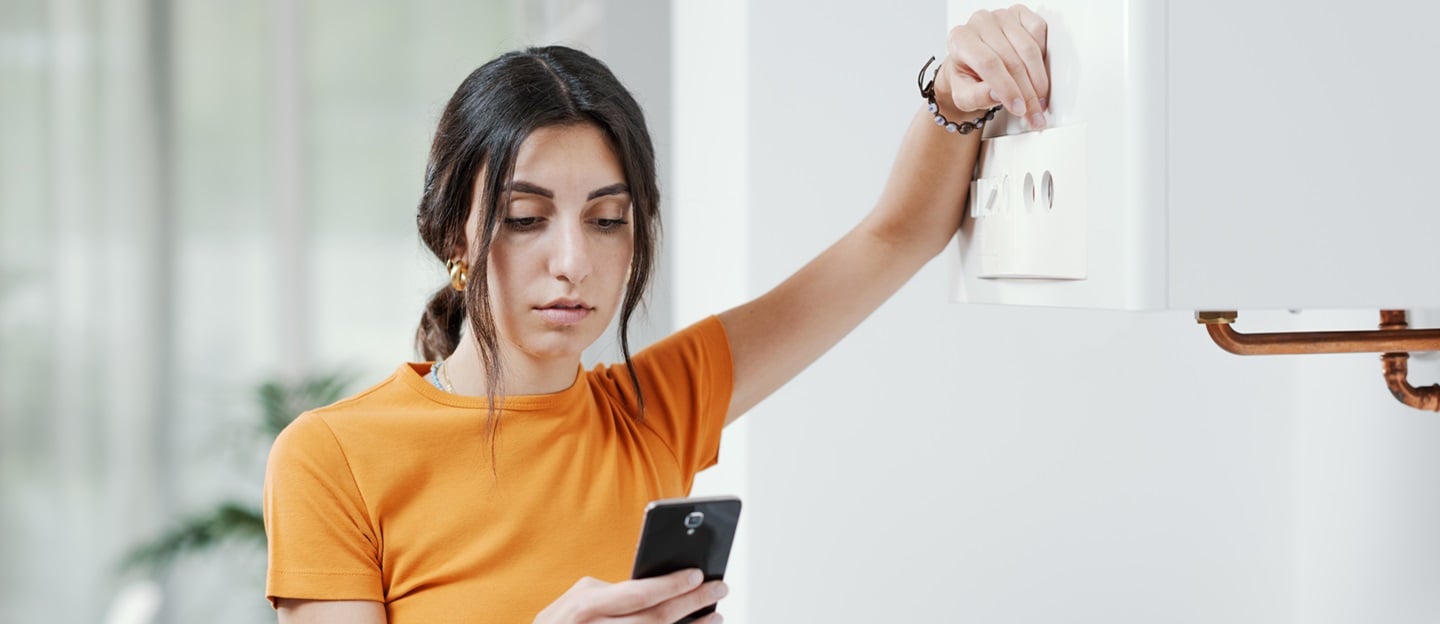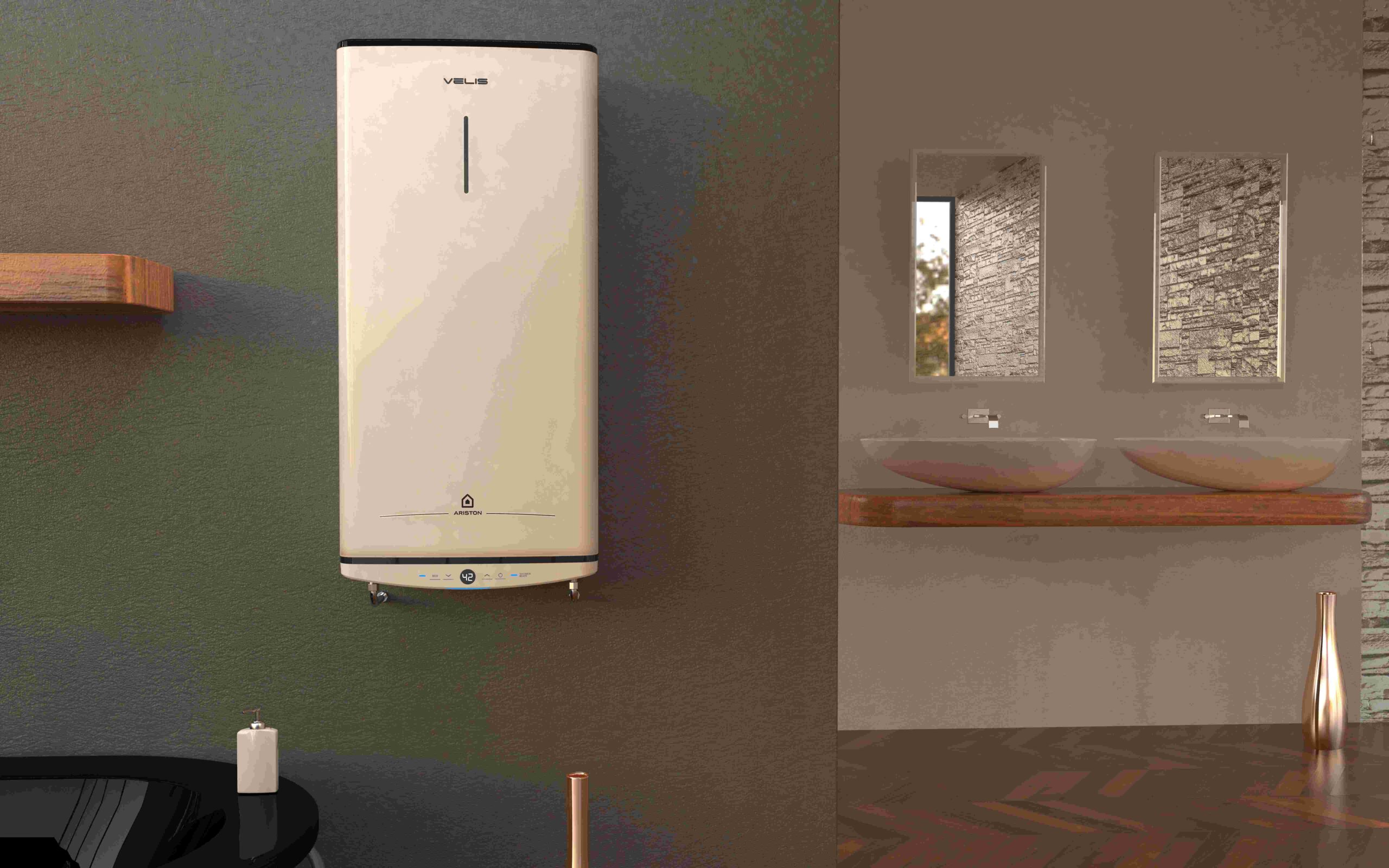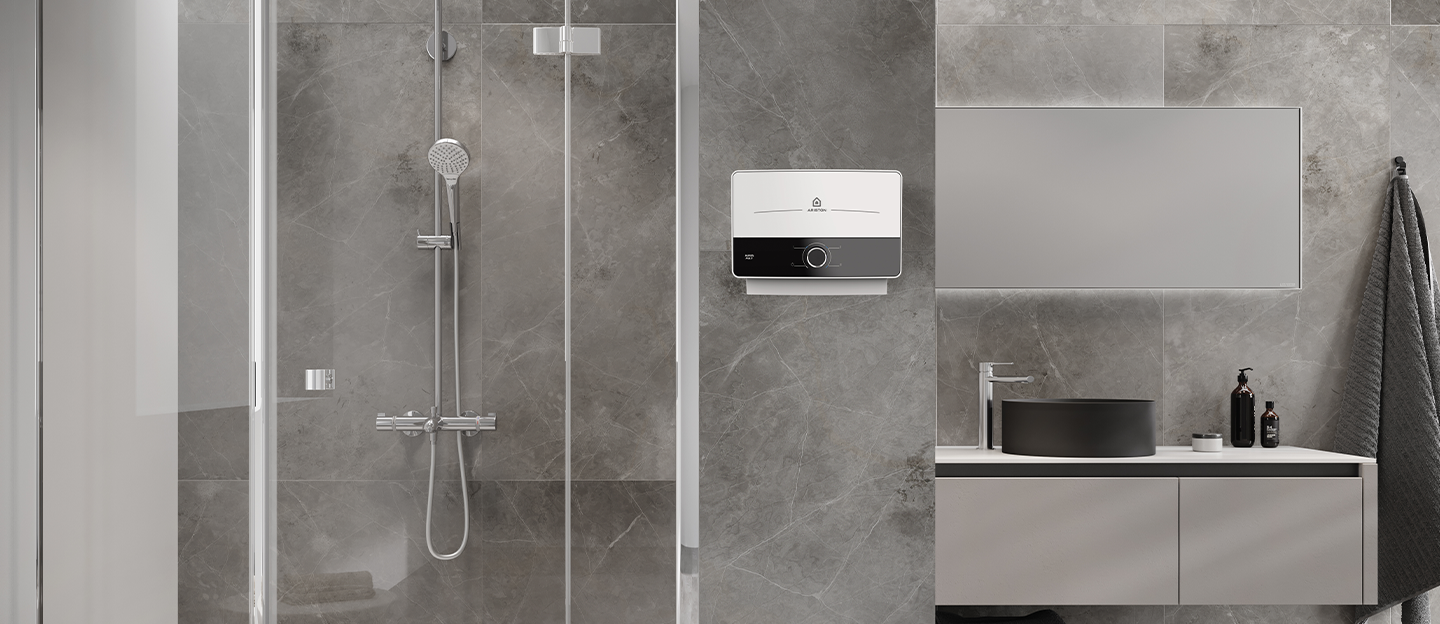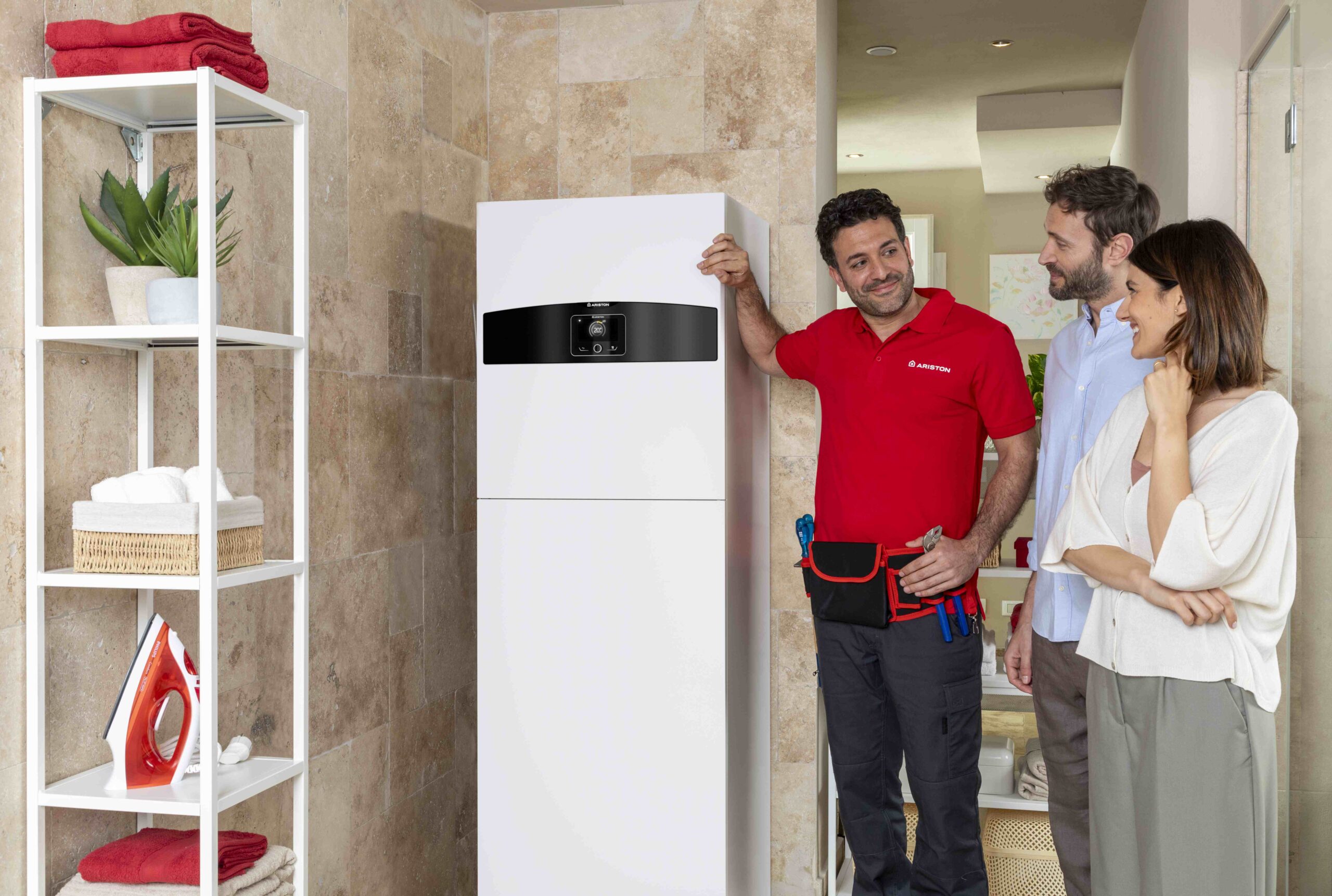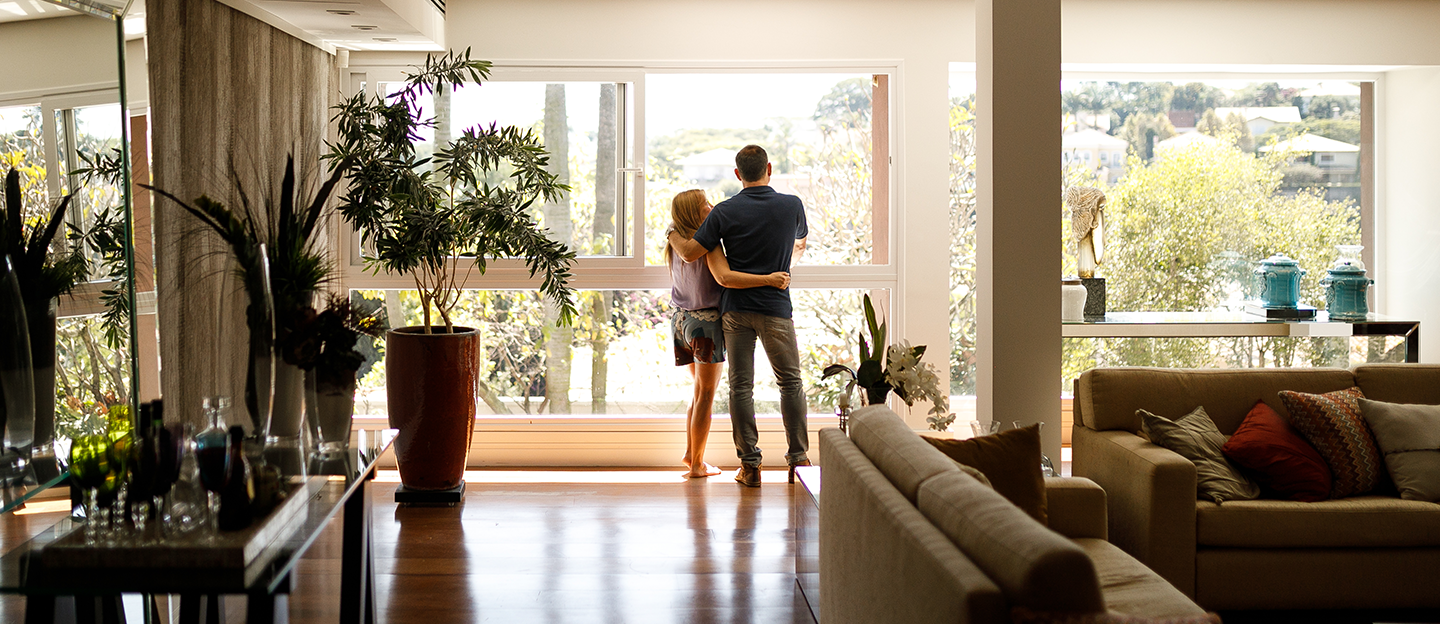How to minimise the risk of a Legionella infection at home
Legionnaires’ disease, also known as legionella, is a lung infection caused by the bacteria Legionella pneumophila, which can be mild or serious in some cases. The bacteria is present in natural and artificial aquatic environments from where it can reach buildings’ plumbing systems like pipes, swimming pools and tanks.
There is increased risk if a property is not used for a long time, such as a second home that is only used for holidays. Here are some simple tips to prevent legionella in your home and reduce the risk of a serious bacterial infection due to inhaling an aerosol containing legionella.
4 steps to prevent legionella in your home
In its milder form, Legionnaires’ disease presents as a normal flu, which generally resolves itself in 2 to 5 days without attacking the lungs. However, in its more serious form, it manifests as an infectious pneumonia with symptoms like fever, cough, chest pain and in some cases it can lead to complications such as respiratory failure, lung abscess and kidney failure.
The legionella bacteria is mainly found in stagnant water at 30 to 50°C and it is caught by inhaling contaminated water in the form of an aerosol, for example when having a shower. We’ll look at 4 ways to minimise the likelihood of inhaling the legionella bacteria and offer advice to get your systems working safely again.
1. Wash taps and water filters
When domestic systems are not used for a certain amount of time, it’s possible for legionella to nest in the stagnant water. To prevent the bacteria from circulating in the air, before turning your systems back on you should clean the water filters carefully and replace them if necessary.
For example, it’s important to clean the valves on water heater storage tanks or remove all deposits by draining all the water left inside. You should also wash showerheads and tap aerators. To remove legionella bacteria, you need to disinfect these parts, leaving them to soak in vinegar or a chlorine-based solution for around one hour, taking the necessary precautions.
2. Regular flushing of water outlets
To minimise the risk of legionella bacteria contamination, remember to flush out infrequently used water outlets. You should flush them at least once a week, for 2-3 minutes.
3. Be careful with hot tubs
Having a hot tub at home undoubtedly enhances your comfort but it also exposes you to greater risk of a legionella infection. Stagnant water in pipes combined with humidity in the room can favour the presence of this bacteria. For that reason, hot tubs should be fitted with filters or be periodically cleaned and disinfected.
4. Disinfect air conditioning systems
Legionella can also nest in air conditioning ducts, although this is more common in industrial or corporate systems than residential systems. To prevent this from happening, you should regularly clean the air conditioning filters and the inside of the split unit, like the fan and the internal chamber.
There are also sanitising sprays on sale, which can be sprayed in pipes and hard-to-reach points to remove bacteria and other pathogens. Air conditioners should be sanitised at least every 3 months while they are being used, but it is most important to do so before restarting the system when it hasn’t been used for a long time.
Preventing legionella at home is a serious and important issue that should not be underestimated. If you have any concerns, you can consult an experienced professional to assess the possible risks and identify the cleaning and sanitisation work necessary to use domestic systems safely.

